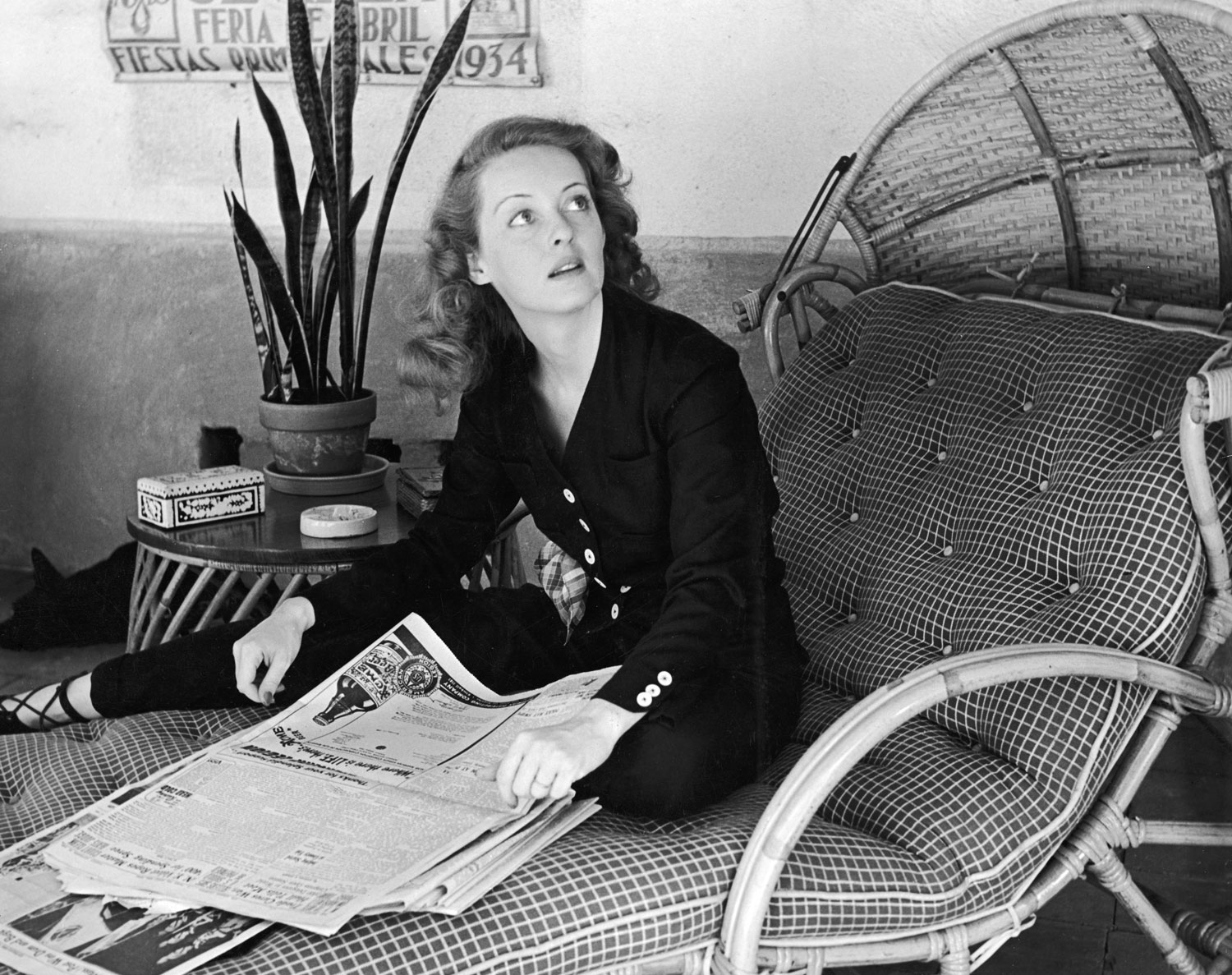
By the time LIFE magazine put Bette Davis on its cover in January 1939, the 30-year old actress had already appeared, as a star and in supporting roles, in more than two dozen films and won two Oscars (for 1935’s Dangerous and 1938’s Jezebel). What many fans and most critics (even those who dislike her) consider Davis’ signature work — in movies like Dark Victory, The Little Foxes and Now, Voyager — was still ahead of her, but there was no question that the Massachusetts native was one of the most electrifying movie stars of any era.
In fact, in its 1939 article, LIFE’s writer Noel F. Busch called Davis’ turn as the rough, vulgar London waitress Mildred Rogers in the 1934 version of Somerset Maugham’s classic, Of Human Bondage, “probably the best performance ever recorded on the screen by a U.S. actress.”
High praise — but anyone who has seen the film knows what Busch meant. For sheer, melodramatic perversity, Davis’ Mildred is one of film’s most riveting, revolting creations: a vicious, self-absorbed viper who also exudes a magnetic — and for the film’s protagonist, an addictive — carnality.
In the decades since her great work of the 1930s, ’40s, ’50s and even into the ’60s, Davis has remained one of the seminal figures in Hollywood history. A powerhouse actress — she was the first person ever to receive 10 career Academy Award acting nominations — Davis was unique in her appearance (those eyes) and in what a New York Times critic once perfectly described as her recognizable, inimitable “tensile” acting. Like James Cagney, Katharine Hepburn, Clark Gable and a handful of other legitimately iconic figures, Bette Davis was a spellbinding talent (i.e,. someone with genuine acting chops, rather than merely a gorgeous face or outrageous figure) who was instrumental in defining what it meant to be a screen idol in the Golden Age of Hollywood.
LIFE’s 1939 cover story, meanwhile, featured the actress not as some sort of raving prima donna — the image that has, bizarrely, attached to her in the decades since her death in 1989 — but as a remarkably grounded, albeit supremely driven, artist. (It also pointed out that “Miss Davis is Warner Bros.’ top box-office star. She is 30 years old, 5 ft. 3 in. tall and weighs 113 lb. without dieting. She conducts herself with more dignity than most stars.”)
That the article’s writer, Busch, was genuinely impressed with Davis — especially in light of what passes for talent in Hollywood — is abundantly clear throughout. One marvelous example of the tone of the piece:
Since the ability to act is comparatively unnecessary in Hollywood, it is regarded with suspicion. Directors might be interested in a girl who was noted for her love affairs or able to balance a peanut on her nose, because these accomplishments would suggest that she had an interesting personality. Conversely, acting ability [like Davis’] suggests an arty personality and young movie actresses should conceal it more carefully than a craving for cocaine.
Published one month before Dark Victory was released, the article featured a number of portraits by the great LIFE photographer, Alfred Eisenstaedt. Here, LIFE.com again publishes several of those Eisenstaedt pictures, as well as a number of equally strong, charming photos that never appeared in the magazine.
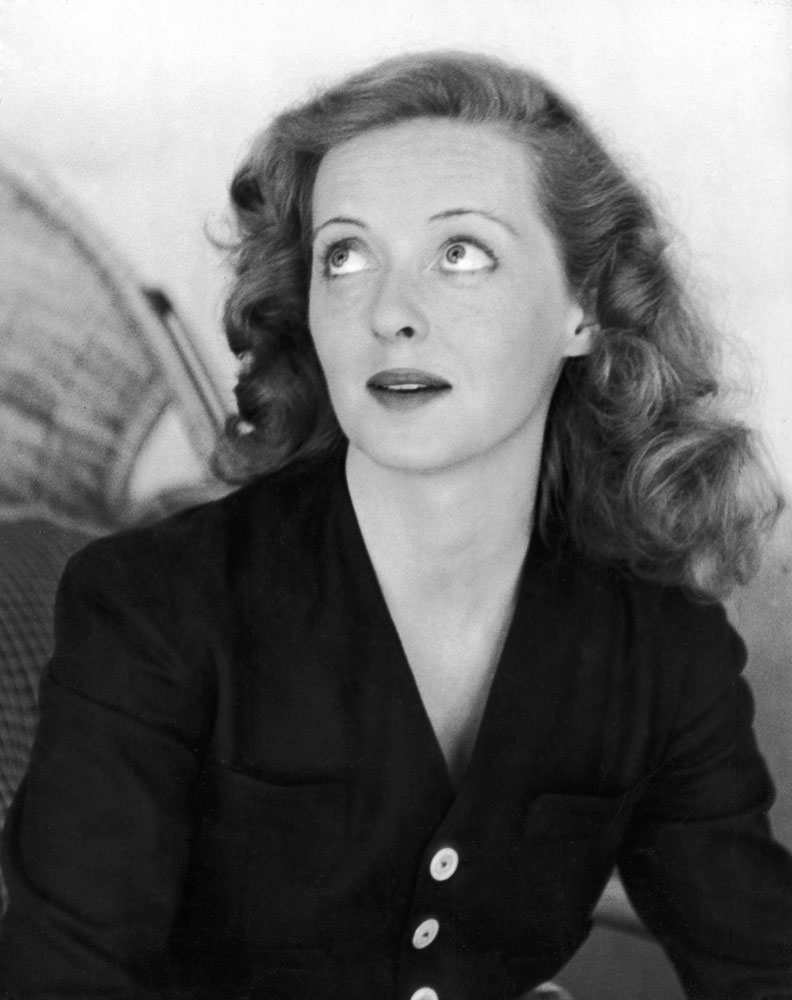

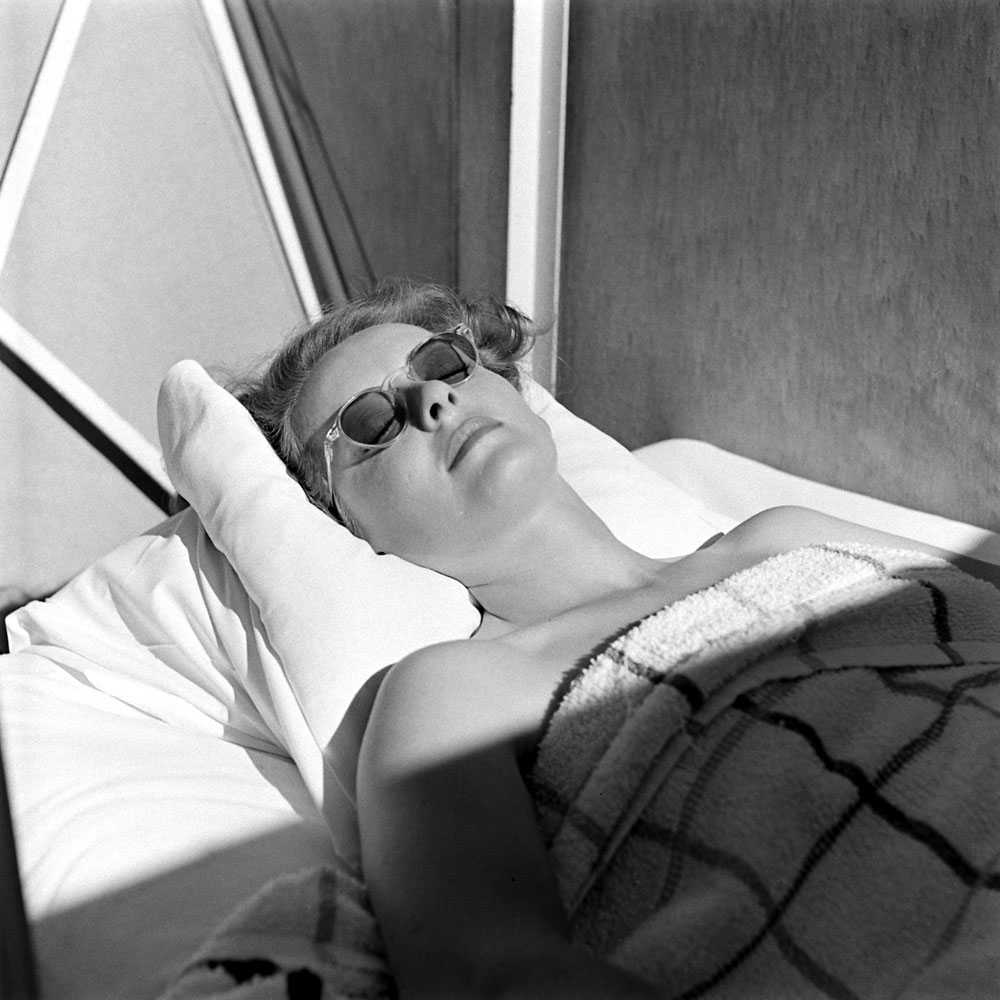


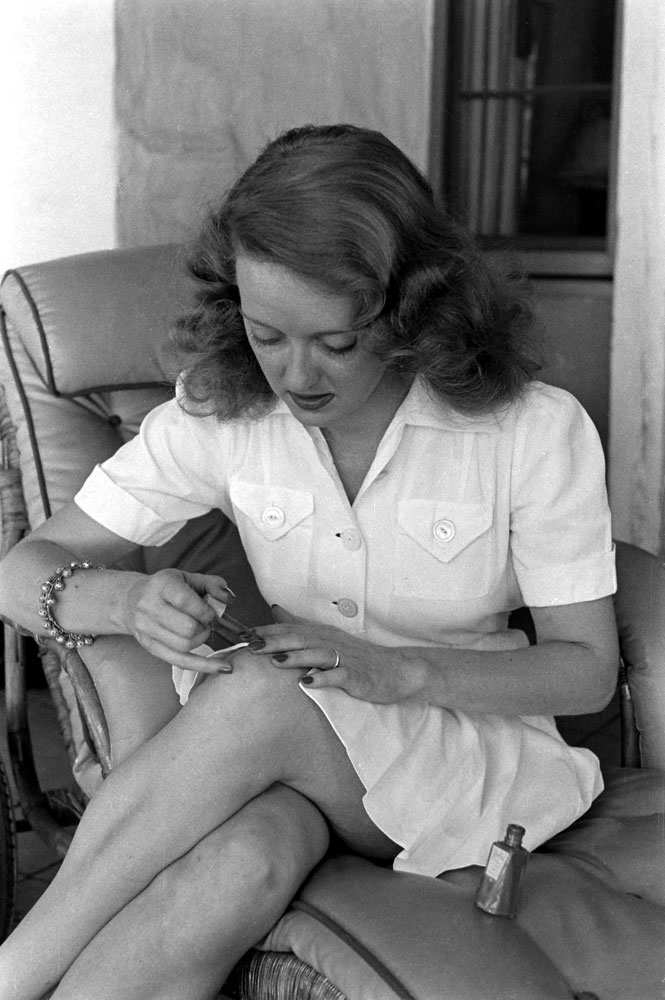


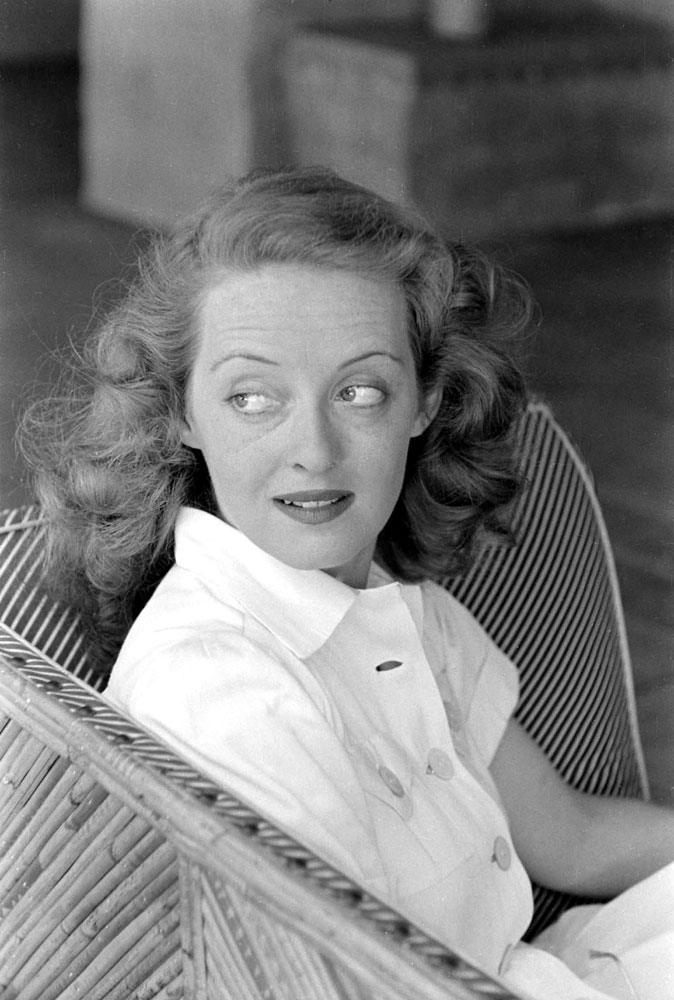
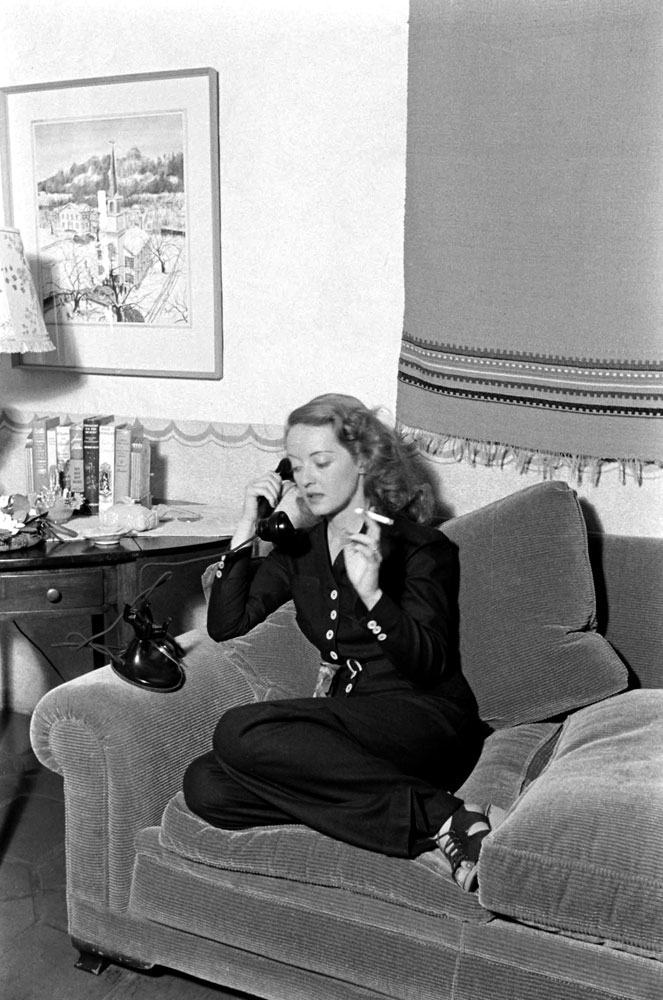



More Must-Reads from TIME
- Donald Trump Is TIME's 2024 Person of the Year
- Why We Chose Trump as Person of the Year
- Is Intermittent Fasting Good or Bad for You?
- The 100 Must-Read Books of 2024
- The 20 Best Christmas TV Episodes
- Column: If Optimism Feels Ridiculous Now, Try Hope
- The Future of Climate Action Is Trade Policy
- Merle Bombardieri Is Helping People Make the Baby Decision
Contact us at letters@time.com